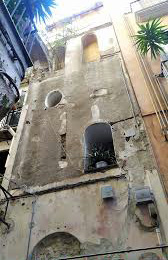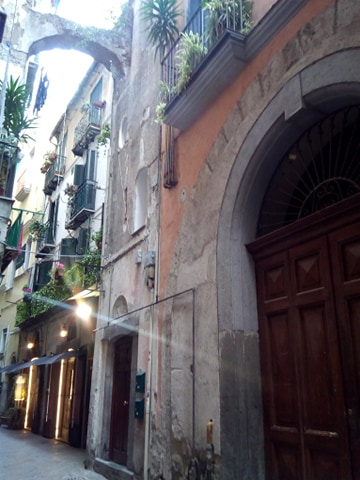Department of Cultural Heritage Sciences, University of Salerno
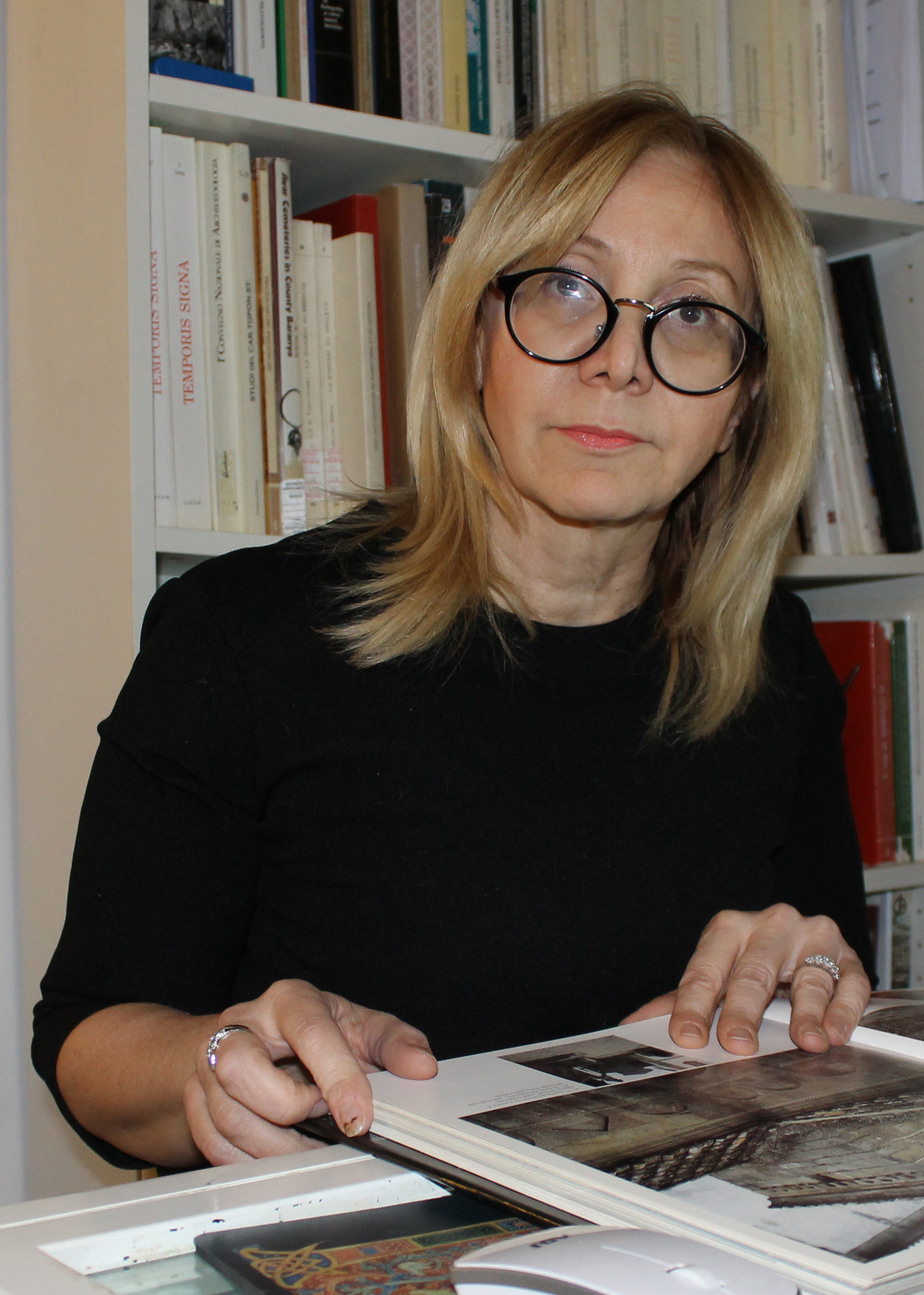
Rosa Fiorillo
Associate Professor in Christian and Medieval Archaeology
Associated Investigator Salerno Research Unit
Short Bio
Abilitata al ruolo di professore ordinario dal 2021, Rosa Fiorillo è professore associato di Archeologia Cristiana e Medievale dell’Università degli Studi di Salerno (DISPAC) dove è anche membro del Collegio docenti del Dottorato in Ricerche e Studi sull’Antichità, il Medioevo e l’Umanesimo (RAMUS) (curriculum Scienze filologiche e storiche dell’Antichità e del Medioevo). Ha curato e preso parte ad allestimenti museali permanenti e temporanei ed è autrice di monografie e testi in volumi e atti di convegno.
Dal 2018 è membre associée del Centre de recherches historiques de l’Ovest (CERHIO) dell’Università di Angers (Fr).
Già nel consiglio direttivo di ICOMOS Italia è membro del comitato scientifico del Centro Universitario Europeo di Ravello (SA). E’ direttore e membro del comitato scientifico della collana di studi e testi “Andromeda”, edita da Amato Editore. Attualmente è responsabile scientifico delle indagini archeologiche nel sito della plebs di San Marco a Rota e in quello della chiesa palatina longobarda di San Pietro a Corte. È referente scientifico per il Comune di Salerno del restauro dell’acquedotto medievale. È membro del comitato scientifico per i Beni Culturali e per il Turismo della Provincia di Salerno.
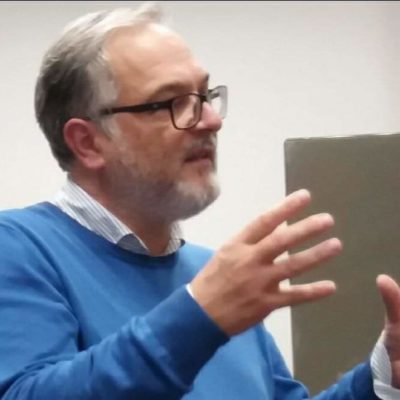
Fausto Longo
Full Professor of
Classical Archaeology
Expert in Greek and Roman Archaeology
Short Bio
Fausto Longo is a full professor of Greek and Roman Archaeology and History of Art at the University of Salerno and Director of Or.Sa, a Post-Graduate School in Archaeological Heritage of the University of Salerno and Naples “L’Orientale”. He is a member of the board of teachers in the PhD program “Methods and Methodologies of Archaeological and Art Historical Research”. From July 2012 at 2022 he was an associate researcher at the Institute of Archaeological and Monumental Heritage of the National Research Council in Catania (CNR). He has conducted excavations and research in Italy (Fratte, Buccino, Vaste, Otranto, Paestum), in Turkey (Hierapolis in Phrygia) and Greece (Achaia, Lemnos, Crete). In Italy now directs excavation and research project at Paestum in collaboration with the directors of the site and the museum. At the latter site, from 2007 to 2019 he directed a project of surface investigations of the city and its territory at Phaistos (Crete-Greece), in collaboration with the Italian Archaeological School in Athens and the Eforia of Hiraklion. From 2019 at 2021, he was the scientific director of two projects on the walls and insulae of Paestum: 1. Cataloguing and scientific consulting for archaeological excavations; 2. Archaeological and detail surveying, and investigations for the study of construction phases. Since 2020 he is scientific Director of an excavation project on the insula In 6-8 in Poseidonia/Paestum. He was a consultant for several exhibitions (“third mission” activities) and an editor of their catalogues, including, most recently, Le armi di Atena (exhibition Paestum 2017, catalogue 2018). He has authored many articles, monographs, and conference papers on the topography and urbanistic of the cities of the Greek world, on the town of Salerno, on the history of archaeological research, and on Great Greek bronzeworking – most lately on the weapons of Poseidonia/Paestum
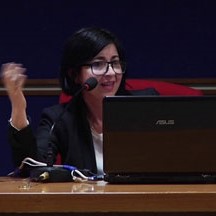
Elisabetta Angrisano
Researcher
TD/B
Archival Researcher
Short Bio
After a degree cum laude in Archival and Book Sciences obtained at the University of Florence in 2007, she completed his PHD in Bibliographic, Text and Document Sciences at the University of Udine in 2015. She was researcher fellow at the Department of Cultural Heritage Sciences at the University of Salerno (2018-2020). She obtained the National Academic Qualification as Associate Professor in the competition sector M-Sto/08 Book and Document Sciences and Religious Historical Sciences in November 2020. She is researcher (RTDA) of Archival at the University of Milan, Department of Historical Studies in 2021. She is an archival researcher at the Department of Cultural Heritage Sciences at the University of Salerno on January 1st 2022. Since November 2022 she has been the Rector’s delegate for the Archives and Protocol of the University of Salerno. She obtained the National Academic Qualification as Full Professor in the competition sector M-Sto/08 Book and Document Sciences and Religious Historical Sciences in February 2023. Among her main research topics, in addition to the archives of hospitals and psychiatric institutions, there are public archives and personal archives, with a particular focus on the conservation of archives produced by women.

Alfredo Maria Santoro
Researcher
TD/B
Researcher in
Medieval Archaeology
Short Bio
Alfredo Maria Santoro is a researcher (RTDB) in Medieval Archaeology at the University of Salerno where he has taught or teaches Medieval Numismatics, Medieval Archaeology, Archaeology of Late Antique and Medieval Settlements, Laboratory of Medieval Materials and Excavation Techniques for the three-year degree courses in archaeology, specialisation and master’s degrees of the Department of Cultural Heritage Sciences (DISPAC), the ORSA School of Specialisation (Orientale of Naples and Salerno) and the PhD in Research and Studies on Antiquity, the Middle Ages and Humanism (RAMUS). He is also a member of the TEmps, MOndes, Sociètes (TEMOS) laboratory at the University of Angers (France) where he taught as an adjunct professor from 2008 to 2018. A postdoctoral student at the Ècole Francaise de Rome in 2017-2018, he also carried out research activities at the Centre de Recherche et Restauration des Musées de France (C2RMF). He has been a member of national and international research projects such as Research Projects of National Interest (PRIN), Groupment De Recherche European (GDRE) and the Agence Nationale de la Recherche (ANR).
Case studies and Contexts
Salerno, San Pietro a Corte, ducal curtis and Palatine Chapel
The complex of San Pietro a Corte, located on a small square along Via Antica Corte in the historic centre of Salerno, presents a three-tiered structure, which initially served as the frigidarium of the Roman baths between the 1st and 2nd century AD, then became the cemetery between the 5th and 7th centuries AD, and finally evolved into the distinct Longobard Palatine Chapel and during the 8th century. Excavations carried out by the University of Salerno in 1992 revealed the palatial residence of the Lombard duke of Benevento and Salerno, while recent excavations in 2017/2018 revealed the absence of the supposed early Christian church, two distinct construction phases from the 8th century and the presence of a watchtower, transformed into a bell tower in the 10th century.
To date, drone shots and 3D restitution surveys of the entire complex have been carried out, while the archaeological survey will resume in January 2025.
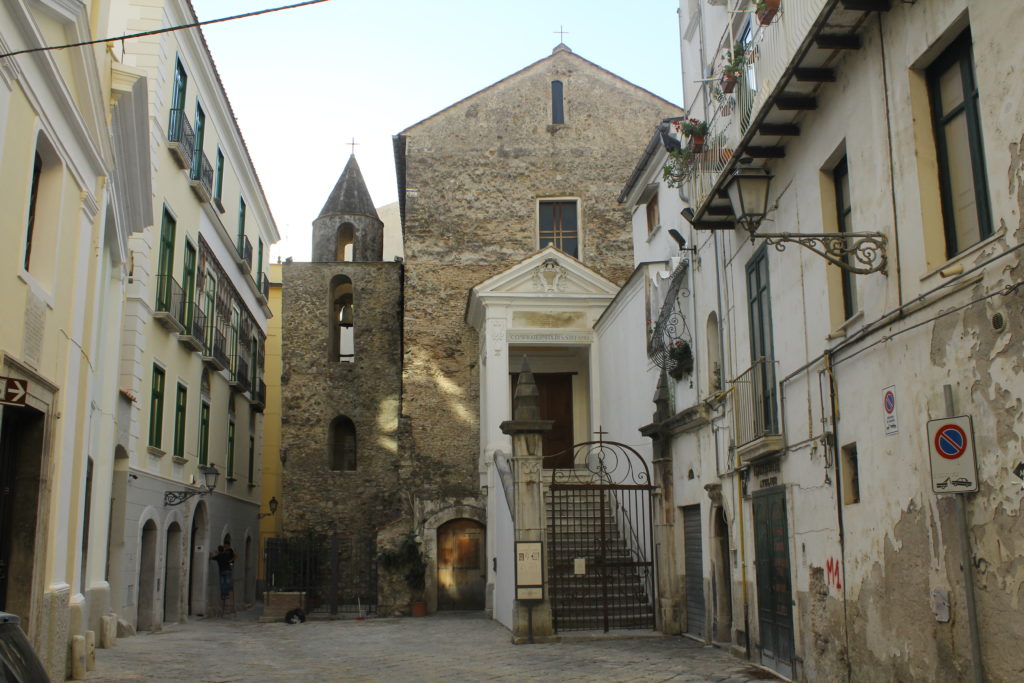



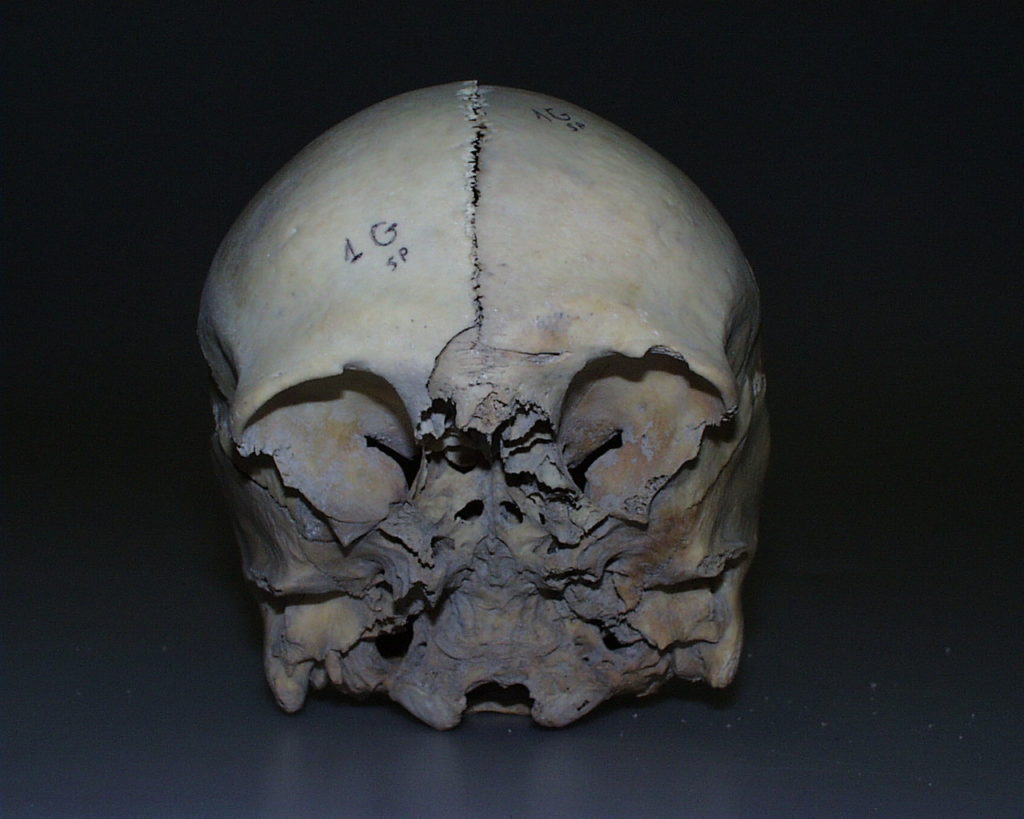
human bones
Salerno, Churh of San Massimo
In the district once known as Plaium Montis, located in the north-western part of the city, far from the coastline, stands the church of San Massimo, incorporated in a large building known as Palazzo Maiuri. The church was built by Prince Guaimario in the 9th century right next to his house. The Codex diplomaticus Cavensis contains the foundation charter of the building, dating back to 868, and a brief description. Access to the church was directly through a barrel-vaulted hallway and a secondary door was reserved for it, leading to a room below, where an altar was built in honour of St. Bartholomew. An inscription found at the beginning of the 20th century and which has now disappeared reported the attribution of the palace to the Lombard prince and served to identify the church, while Guaiferio’s residence, which must have been located to the south of the church on what is now Via Trotula de Ruggero and allowed passage through the hallway now covered by a barrel vault, is attested, to date, only by written documentation.
The project includes geophysical surveys in the area of the church and courtyard as a preliminary to more in-depth archaeological research.
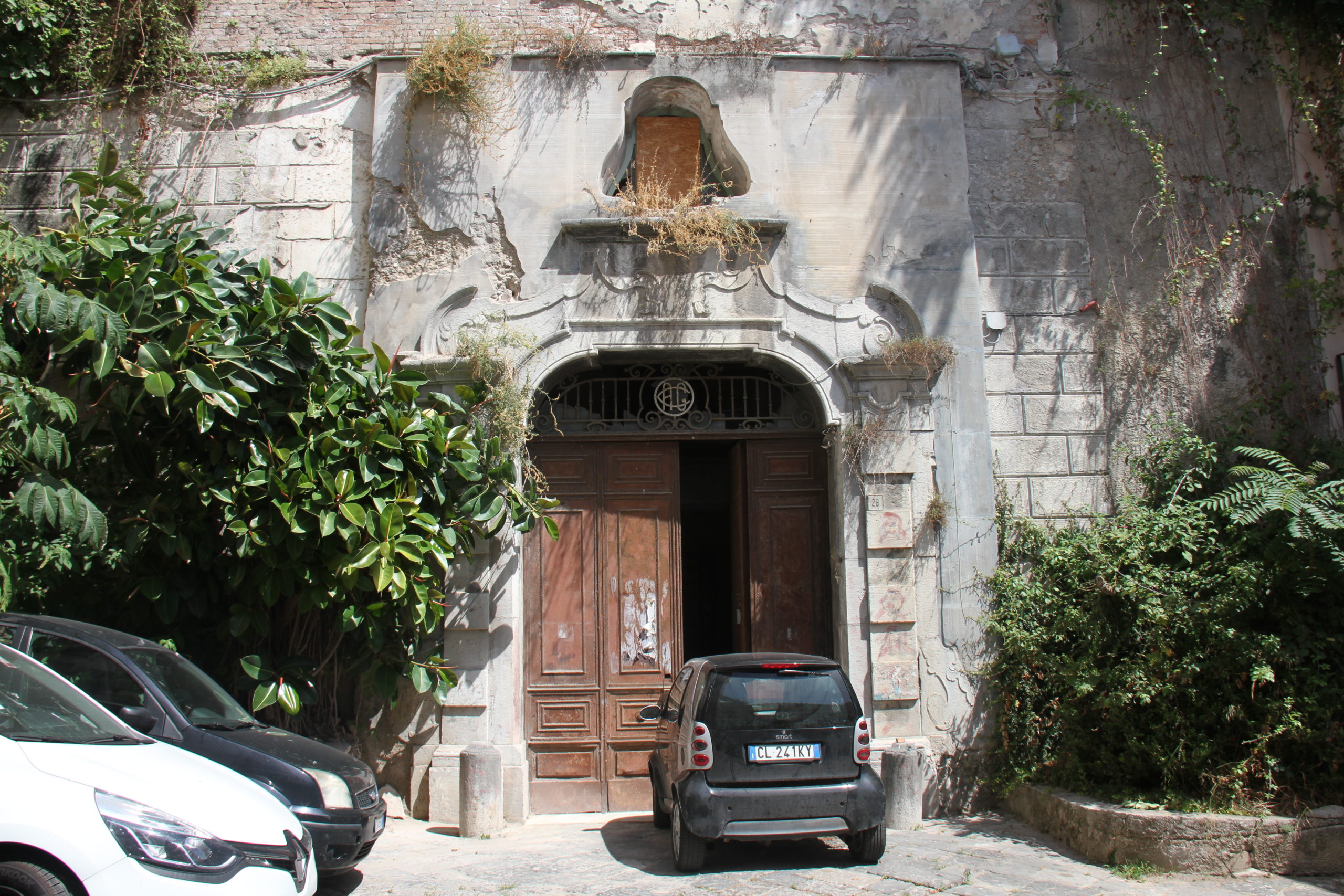
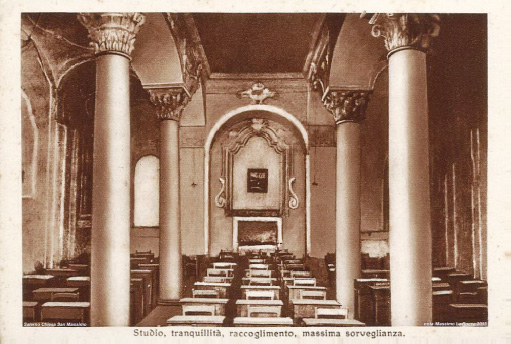
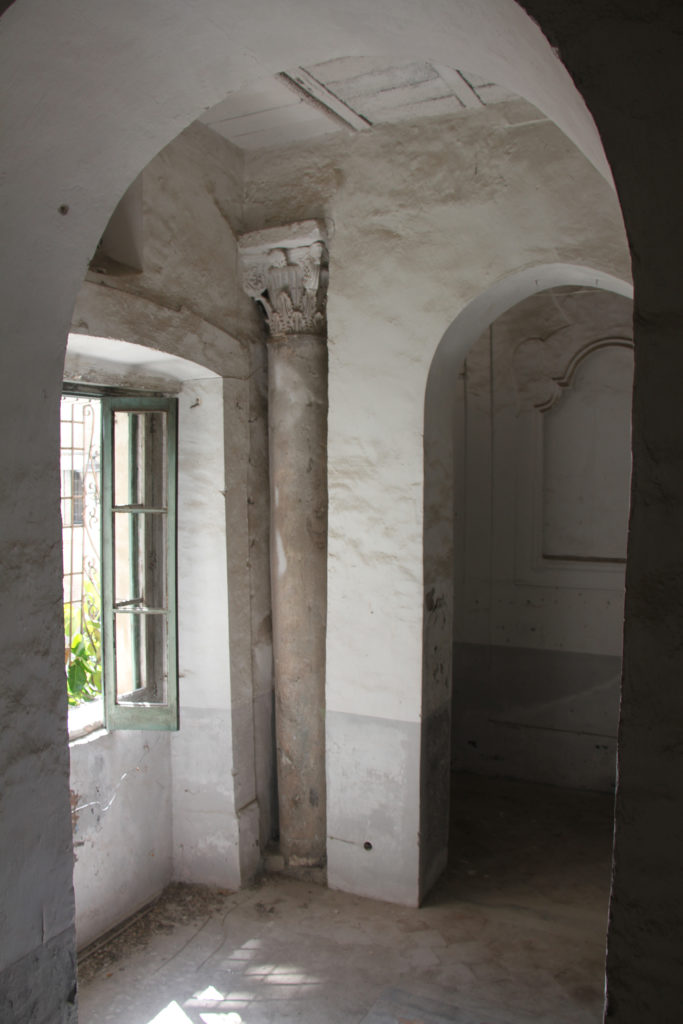
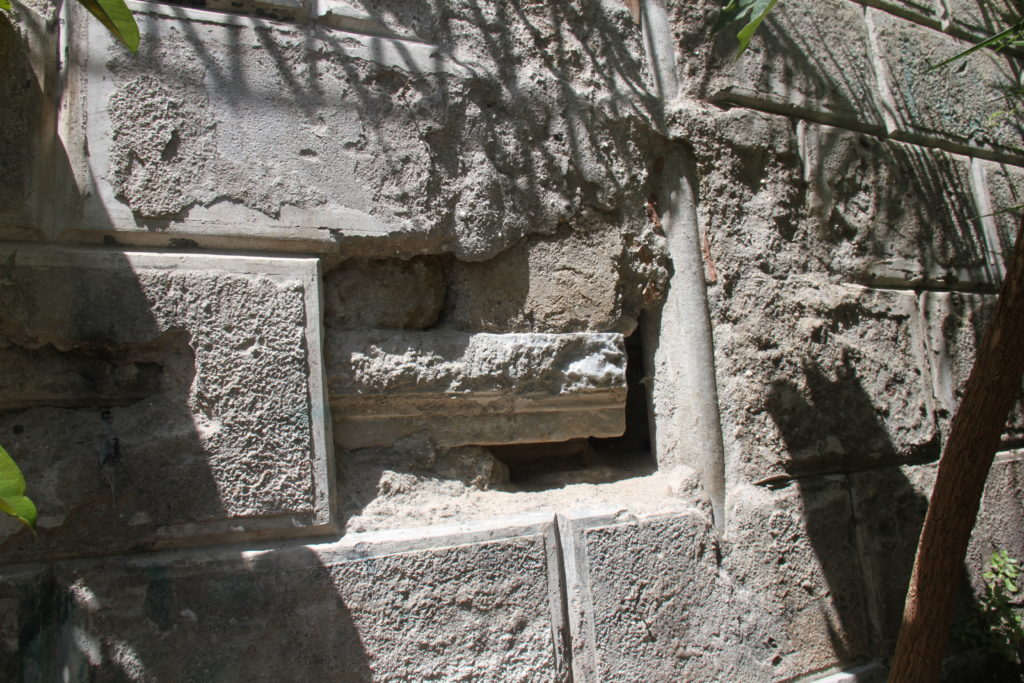
Salerno, Curtis and church of Giovanni e Sighelgaita
The church of Santa Maria que dicitur de Domno, was built in the 10th century, prope litus maris, close to the double walls enclosing the city along the coastline and super plateam que ducit ad portam que Elinis dicitur. The urban space, known by the expression inter murum et muricinum, falls in the heart of the vicus Iudeorum at the centre of what was then an expanding area, characterised by the great economic-commercial potential that the communities of Jews and Amalfitans guaranteed. This was a new princely foundation, distinct from the palace chapel, the result of the second dynasty of Salerno princes settling in the city, who built it in their curte. Of the church remains the bell tower, now used as the stairwell of the building that encompasses it, some architectural remains reused in a later phase, while part of the ancient building is below the current floor level. The aim of the research is to identify the remains of the palace of the Lombard princes from the 10th century by analysing the construction techniques of the neighbouring buildings and, through the use of georadar, the limits of the ancient church, which now stands within private property.

